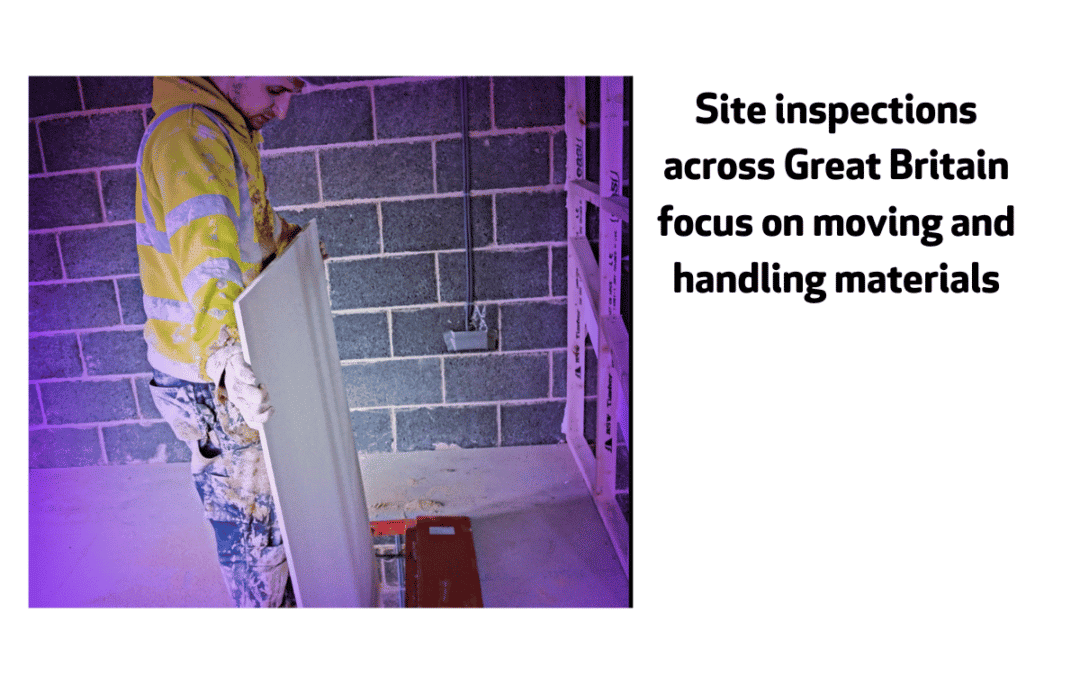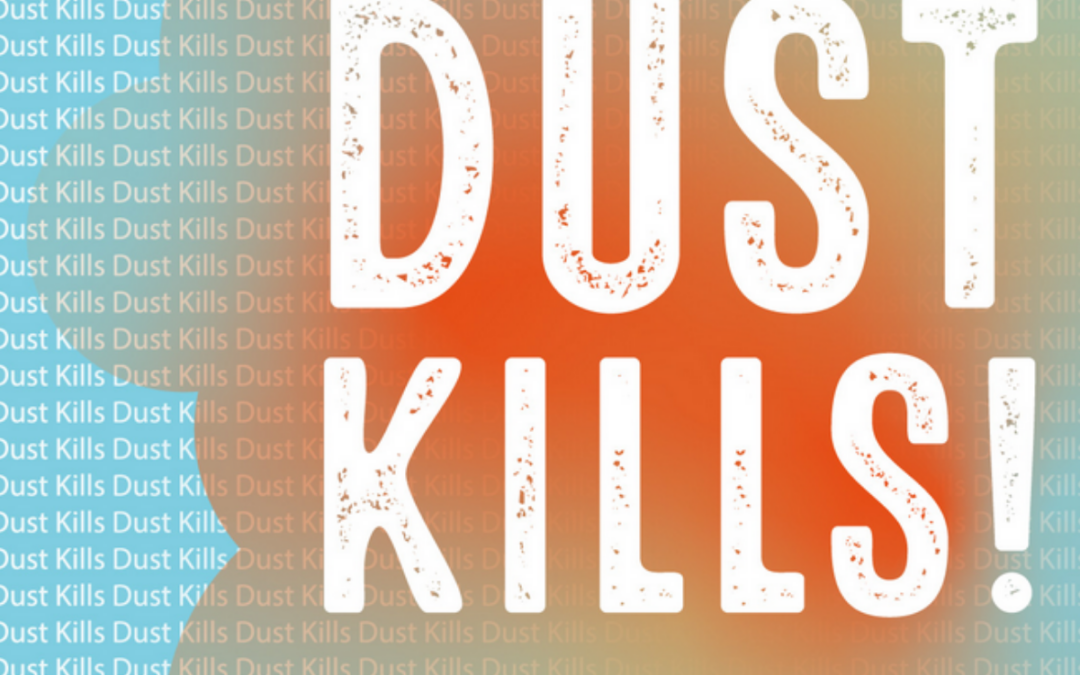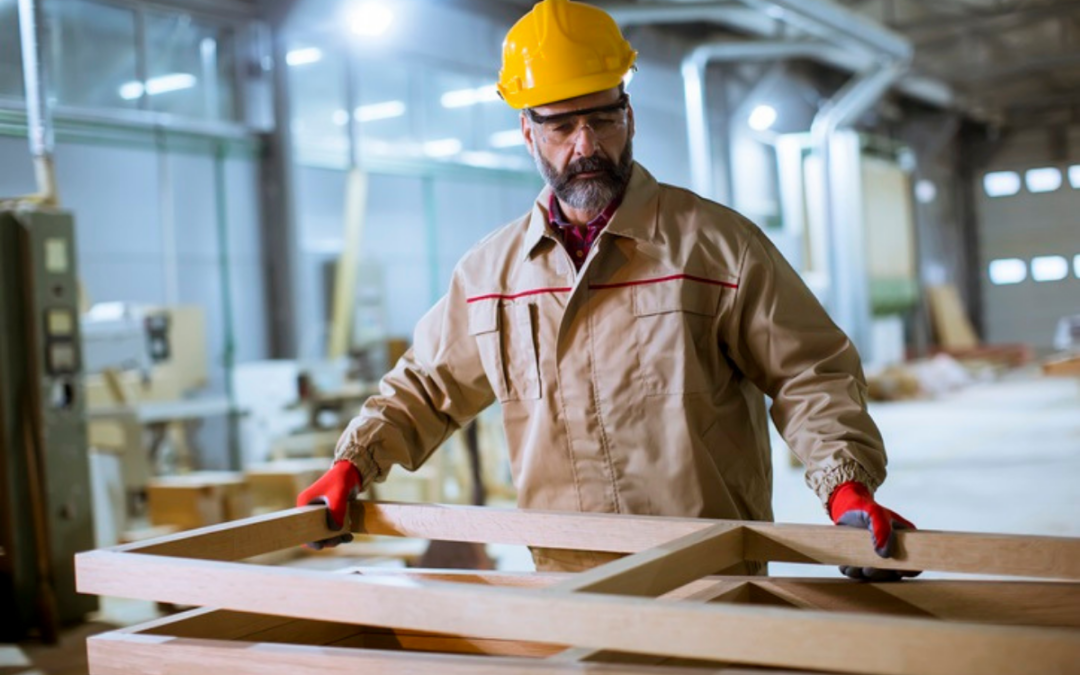
by Clair Mooney | Nov 17, 2022 | Health and Safety
Build UK member IPAF has issued guidance on the ‘catapult’ or whiplash effect which can occur when using mobile elevating work platforms (MEWPs) and result in occupants or materials being ejected from the MEWP. Ensuing work at height is properly planned with adequate control measures can prevent serious or fatal injury.

by Clair Mooney | Oct 13, 2022 | Health and Safety
FIS members can access a template Drugs and Alcohol Policy which can be adopted by the whole supply chain to provide a consistent approach to the use of drugs and alcohol.
The policy has been developed by Build UK, working with Eurofins Workplace Drug Testing.
The policy recognises that there are different legal limits across the nations and workplace environments, along with various ways of testing and has been developed in response to calls from members to provide a consistent framework for drug and alcohol testing as well as dealing with instances of misuse, eliminating unnecessary duplication and waste across the industry.
The template policy can also be used to meet the relevant requirement in the Common Assessment Standard ‐ question 173 which asks ‘Do you have a drugs and alcohol policy?’.

by Clair Mooney | Sep 28, 2022 | Health and Safety
Construction sites are being targeted from Monday 3 October as part of a health inspection initiative supported by the ‘Work Right Construction: Your health. Your future’ campaign.
The campaign is raising awareness of health issues in relation to moving and handling materials to improve the long-term health of those working in construction.
Site inspections will focus on moving and handling construction materials will be checking employers and workers know the risks, plan their work and are using sensible control measures to protect workers from injuries and aches, pain and discomfort in joints, muscles and bones known as musculoskeletal disorders (MSDs).
An estimated 40,000 construction workers suffered work-related MSDs last year. These injuries can have a serious impact on workers’ ability to perform tasks; their quality of life; and in some cases, their ability to stay in work and earn a living. Many can and do suffer from long-term pain and discomfort.
Act now to protect workers’ health
Employers have a legal responsibility to protect workers from ill health and should involve them in managing the risks to their health just as they would with safety.
Workers should not have to accept these injuries and potential long-term suffering as an inevitable part of construction work. They should talk to their employer about the risks and the measures in place to protect their health.
We have advice for employers, workers and small builders.

by Oscar Venus | Aug 25, 2022 | Health and Safety, Technical
The Building Engineering Services Association (BESA) has issued an urgent warning to all contractors over the safety of fire dampers.
Inspections by maintenance contractors found that a “huge number of dampers” had been incorrectly installed and would fail to work during a building fire.
BESA’s head of technical Graeme Fox has urged contractors to “alert their clients immediately” so that rectification works can begin.
The issue revolves around the use of self-drilling “tek” screws which have been used to install an unknown number of dampers in projects. The screws have a higher melting temperature and do not melt if a building is on fire.
“This means that spring-loaded dampers will not be released to contain the spread of fire within the zone and ensure the integrity of the fire stopping measure,” Fox explained.
“Dampers must be secured by fusible fixings that allow the duct to break away, otherwise the collapsing duct could pull the damper out of place and break the seal between the fire zones,” he added.
BESA published a special announcement on the subject. It includes updated guidance and statutory requirements covering installation, testing and maintenance of fire dampers and smoke dampers.
The document also highlights clients’ legal obligations to ensure their fire safety systems remain fit for purpose in line with the Regulatory Reform (Fire Safety) Order 2005 for England and Wales and the Fire Safety (Scotland) Regulations 2006.
Fox said: “While this is clearly a very worrying situation, we can take some reassurance from the fact that this problem is being brought to our attention by the increasing frequency of fire damper inspections and tests as awareness grows of this extremely important issue.”
The latest BESA technical advice can be found here.

by Clair Mooney | May 27, 2022 | Health and Safety
Every week, workers in the construction industry develop serious lung diseases that can have a devastating impact on them and their families. During June, HSE will be carrying out a health inspection initiative focusing on the respiratory risks to construction workers from exposure to dust. The initiative aims to support industry by
raising awareness of health issues in relation to dust exposure to improve the long-term health of those working in construction. It is part of HSE’s wider-phased, strategic plan developed to improve health within the construction industry.
Rights and responsibilities when working on a construction site
Employers: Regardless of the size of your business, you have a legal responsibility to protect workers’ health.
Plan jobs to eliminate the risks from dust where you can. Otherwise, use measures to control dust and minimise the risk.
Construction workers: Don’t gamble with your future health by taking unnecessary risks today. Talk to your employer about the risks from dust and how to avoid them.

by Clair Mooney | Apr 11, 2022 | Health and Safety
HSE is currently inspecting woodworking businesses to ensure dutyholders know the established health risks associated with the industry.
Each year, around 12,000 people die from work-related lung diseases linked to past exposure to hazardous substances at work. This includes inhalation of wood dust that can cause occupational asthma and, in the case of hardwoods, sinonasal cancer. These deaths are preventable if exposure to the risks is effectively controlled.
Inspectors will check that:
- woodwork is planned correctly to minimise risk
- adequate control measures are in place to protect workers’ health
Ventilation, protective equipment and appropriate guarding are some of the measures businesses should consider as Britain’s workplace regulator is carrying out inspections to protect the respiratory health of workers.
From April, health and safety inspectors across Great Britain will be visiting business within woodworking industries such as sawmilling, manufacture of composite boards, and carpentry, as well as other industries where wood dust exposure can occur.
Woodworking industries have the potential for high incidence rates of occupational asthma and work-aggravated asthma caused by worker exposure to inadequately controlled wood dust in the workplace.
Inspectors will be looking for evidence that employers have considered the control measures required to reduce workers exposure to wood dust, that workers understand the risks of exposure to wood dust, and effective control measures have been put in place to protect workers from harm. Inspectors will take enforcement action when necessary to make sure workers are protected.
HSE’s head of manufacturing David Butter said: “Around 12,000 workers died last year from lung diseases linked to past exposure from work, with thousands more cases of ill-health and working days lost. Wood dust can cause serious health problems. It can cause asthma, which carpenters and joiners are four times more likely to get compared with other UK workers, as well as nasal cancer. Our campaign aims to help businesses whose workers cut and shape wood to take action now to protect their workers’ respiratory health.
“Through visiting wood working businesses, our inspectors are able to speak to a range of dutyholders and look at the measures they have in place to comply with the guidance and protect workers from respiratory diseases such as occupational asthma and nasal cancer.
“Businesses can act now to ensure they are complying with the law by ensuring the control of wood dust at source by fitting and using extraction on machines. Ensuring they fit and use guards on machines to protect fingers and hands and ensure those that use the machine to understand the risks and how to control them. Checking that guards are well adjusted will minimise danger and ensure that dust capture remains effective.
“Our inspection initiative aims to ensure employers and workers are aware of the risks associated with the activities they do. They must recognise these dangers and manage these risks through reducing exposure. Dutyholders need to do the right thing, for example, through completing a risk assessment, ensuring workers are trained, appropriate guarding is fitted and adjusted correctly, and reducing exposure using local exhaust ventilation (LEV) and using suitable respiratory protective equipment (RPE) to protect workers, where required.”
For the latest advice and guidance visit www.hse.gov.uk/woodworking/; for more information on the programme of inspections follow the campaign on Twitter at @H_S_E or on Facebook @hsegovuk. You can also join the conversation at #WorkRight and sign up for HSE’s e-bulletin here.






